Distributed power, which has long been a favorite operating practice of the western and Canadian railroads, is invading the East.
Last year CSX introduced distributed power in intermodal and manifest service and this year aims to double its use of the technology that provides service, efficiency, and safety benefits. “We’re targeting some of our longer and heavier corridors,” says Jamie Boychuk, senior vice president of network operations at CSX.
Norfolk Southern also expects to increase its use of distributed power this year as it builds longer, heavier trains under its new TOP21 operating plan. Distributed power is one of four key ways NS aims to reduce its locomotive fleet by at least 500 units by 2021, as the railroad moves tonnage with fewer locomotives, says Doug Corbin, assistant vice president and chief mechanical officer.
Distributed power involves placing one or more locomotives within or at the end of a train’s consist to reduce in-train stresses related to braking and pulling, as well as to help move trains more efficiently on territories with significant grades. Distributed power locomotives are remotely controlled by the crew from the lead locomotive.
In January 2018, when Ed Harris joined CSX as chief operating officer, distributed power was in minimal use on CSX, limited to three or so coal trains per day at most, Boychuk says. “We actually almost wound down to nothing,” he says.
By December 2018, 28 to 32 trains across the system were scheduled to use distributed power every day, including a dozen intermodal trains, 14 merchandise trains, and up to six coal trains. That’s still a small fraction of the 600 or so road trains operating across the CSX system at any time. And it’s a far lower percentage of road trains that use distributed power than you’d find on, say, Union Pacific. UP helped pioneer the concept in the U.S. and moves more than 60 percent of its tonnage with distributed power.
Harris has been a proponent of distributed power since his days at Canadian National and Canadian Pacific, which routinely spread power throughout trains to improve train handling, save fuel, reduce train pull-aparts, and speed brake-charging times.
After increasing use of distributed power in the coal fields, CSX began experimenting with distributed power on intermodal trains, says Boychuk, a CN veteran. CSX first tested distributed power on Chicago-Jacksonville intermodal trains Q025 and Q026, which typically run between 12,000 and 14,000 feet long. “This obviously helped with the handling of it as well as maintaining track speed on some of those days when it was long and heavy,” he says.
The longest, heaviest intermodal trains on all three legs of the CSX triangle linking Chicago, New Jersey, and Jacksonville now regularly run with distributed power.
CSX introduced distributed power to the manifest network in late 2018.
The rollout of distributed power has enabled CSX to reduce train starts by moving traffic in longer trains. And fewer trains, as well as fewer meets in single-track territory, reduces congestion and improves transit times, Boychuk notes.
Distributed power has enabled CSX to handle as much as 30 percent more tonnage per train with the same number of locomotives and horsepower, Boychuk says.
Trains operated in distributed power mode also can better maintain track speed than when all the power is on the head end. “Just by us going two on the head end, one in the middle, we were able to pick up track speed without having to add any horsepower and maintain the same tonnage,” Boychuk says.
CSX also identified trains that struggled to maintain track speed with two units. Shifting to distributed power brought the trains up to speed without having to add a third unit to the consist, Boychuk says.
Over the winter CSX focused on using more distributed power on its northern tier, the former Baltimore & Ohio out of Chicago and the former New York Central Water Level Route east of Cleveland. “We find that when you put a train together in the cold weather, DP cuts down more than half the time of pumping air when you make any type of a lift or double up,” Boychuk says.
For all the service and efficiency benefits of distributed power, it’s safety improvements that are the technology’s biggest advantage, Boychuk says. The longer and heavier a consist, the more prone the train becomes to separations en route. “Train separations can occur for many different reasons, and when they do … it could cause a derailment,” Boychuk says.
CSX prioritized distributed power use on trains and territory where separations were more common. Now separations are nearly unheard of when distributed power is used, Boychuk says. “We really wanted to go after some train reductions, moving more tonnage and more footage,” he says. “But that safety aspect is even greater than anything for us.”
For years CSX and NS limited their use of distributed power to the Appalachian coal fields. NS has increased its use of distributed power in recent years and now about half of its road fleet is equipped with GE’s Locotrol distributed power system, including units coming out of its DC-to-AC conversion program. CSX has about 700 locomotives equipped with Locotrol. GE says Locotrol, which is far and away the dominant distributed power system, offers fuel savings of 5 to 15 percent, reduces stopping times by 22 percent, cuts stopping distance by up to 30 percent, and in cold weather can reduce brake-charging times by 60 percent.





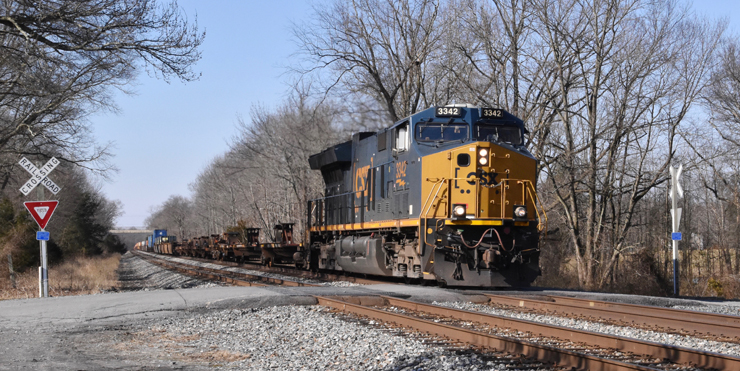
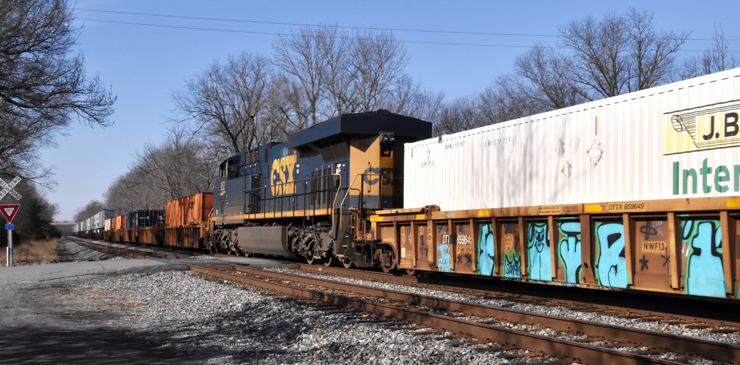
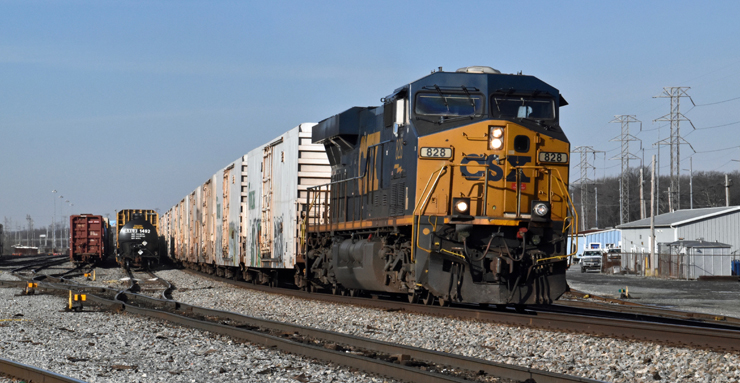
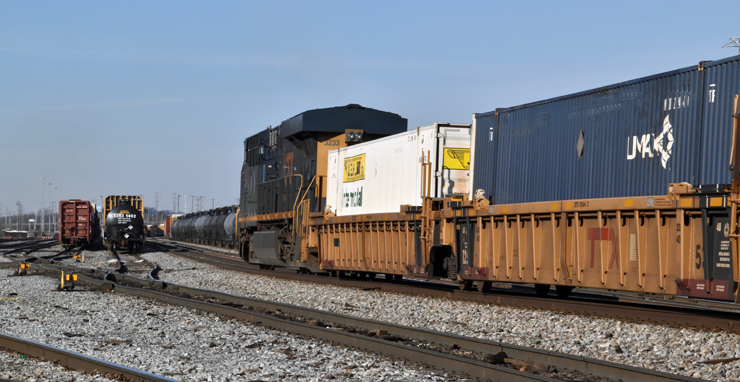

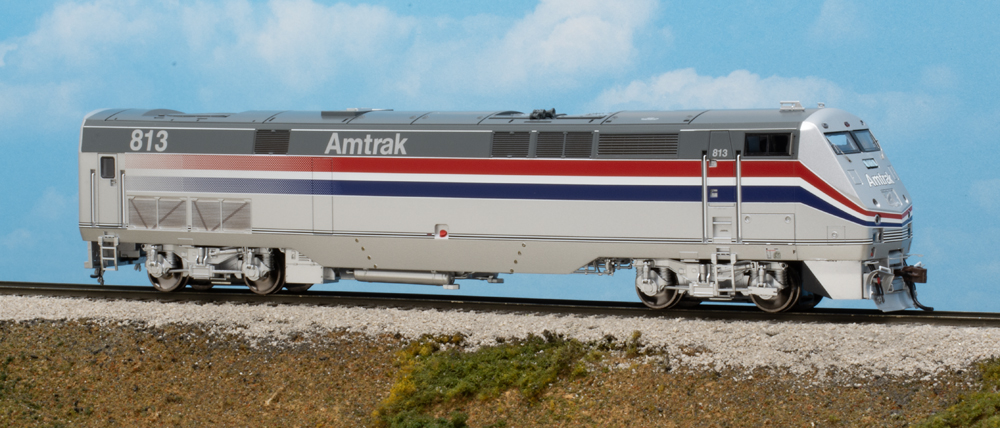
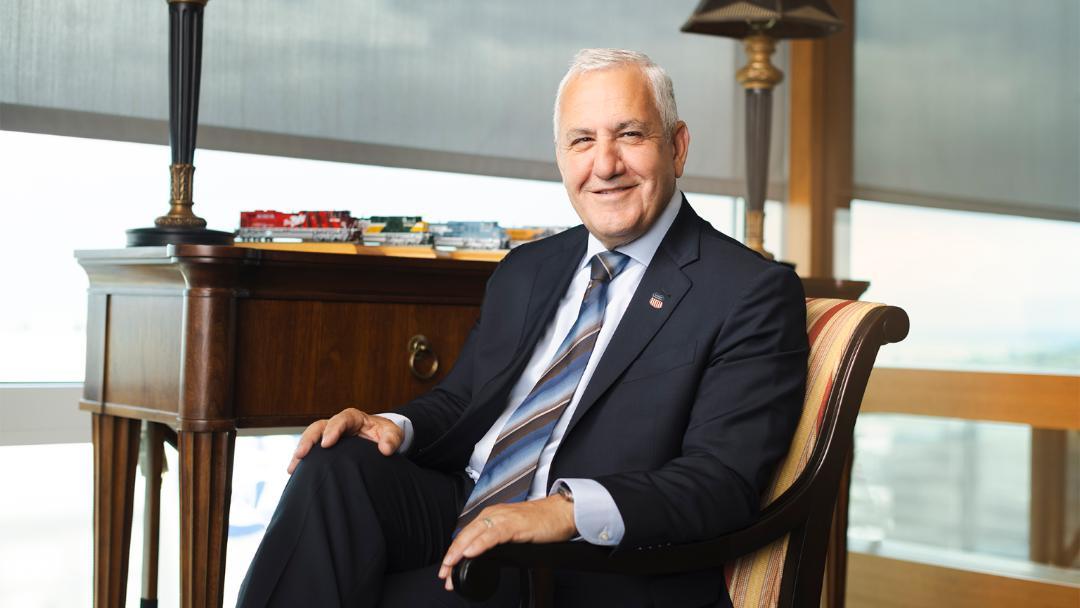
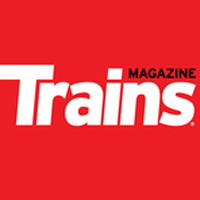
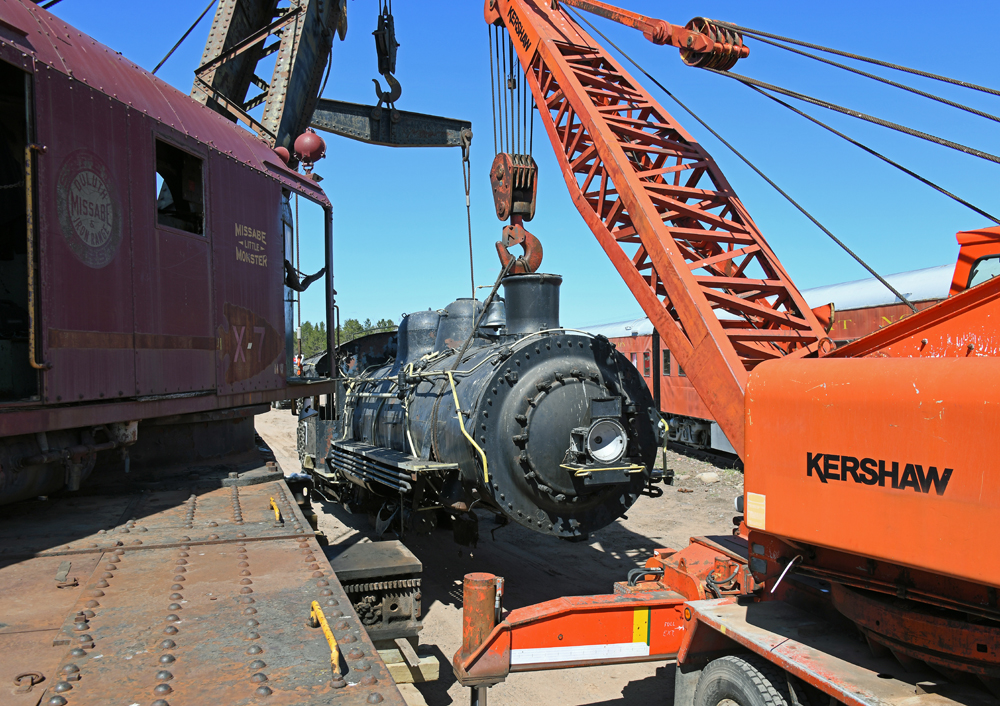




Before the merge Southern used radio cars on long trains now NS is going to us DPU making that full circle of operations
I have to agree with Jf Turcotte here, that spreading out the power does not increase speed! It may help with train handling on certain territories, and definitely as far as brake pipe pressure, however, you still have the same horse-power-per ton regardless. At my former employer, I handled a train one day with 207 wells and 3 units at 12900 Hp at the head end running about 10 to 15 mph below track speed, and the next day, with the train DP’ed 2 at the front and 1 in the middle, I had the same result with 214 wells. Seeing as that was the trip they decided that DP was the way to go, I was under scrutiny more than I had ever been before in my career! My response to the RTC’s questions were, no,” I do not have a notch restriction”, no,” I do not have any engine problems, I simply have the same headwind out of the south as usual!!!”
KCS’ first set of SD-40’s had Master/Slave operations. The radio control was in the low nose of those units and could be MU’d to other units. This had to be in the late 1960’s. The Master unit had two sets of controls, one for that unit and the other for the Slave unit.
I live in Marietta Ga along CSX’s W&A sub and in the past 3 months, almost every train that I’ve seen come through has had at least one or two mid-train helpers shoving hard.
Late 2018 was actually the second time CSX put DPU on a manifest train. CSX did this once before in April of 2010 on train Q602 (NOLA-WAX). It began with rear DPU then transitioned to mid-train DPU in the summer of that year. CSX stopped the practice in the fall of 2010 after a few broken knuckles on that train clogged the line.
Q031 is the slowest train ever now with distributed power once the pride of the A line running 70 mph now seams he can barely hold 50
And the Milwaukee figured out a way for the motive power when using both electric and diesel to be controlled by the engineer simultaneously; it was nicknamed “Sputnik.” About the same time several of the substations on electrified lines west became remotely controlled.
Back in the 60s and 70s Southern hauled iron ore trains north out of Mobile, AL using mid train radio control helpers. I remember the radio car just ahead or behind the mid train locomotive. Last year I noticed several extremely long CSX trains in Mobile with DPU units mid train.
They need to get all the lines to just one train per week; say 25 miles long operated by a single crew. Can you imagine the potential operation-ratio!?! (It will be glorious!)
Distributed power won’t be enough to make a train having a 0.5HP/ton ratio fly. Add-in a couple of notch restrictions and a slight grade, and you’ll be lucky to make it to the next crew change point before hog-lawing. That’s PSR for you.
I worked for Southern in the Atlanta bridge office. Unit coal trains came by office with distributed power. That was back in the 1970s. Southern also used distributed power on some manifest freights.
Southern Railway pioneered the use of DPU in the late 1960’s. CSX, however, had not used DPU until now.
DHHHH !! Don’t you wonder why it took so long, for some “railroad masterminds” to figure this out?
So The Milwaukee Road was running Locotrol in 1976. When did SOU and SP start this?
Hello, Richard Kimball! Good to know someone else from 99 Spring Street still walks the earth! You are correct, SOU pioneered Locotrol (which later morphed into multi-consist Distributed Power). Strange how the technology died on NS and has now come full circle. CNW launched into Locotrol in 1992 and just before the 1995 merger UP started buying big quantities. AC combined with DP has made a big difference in the west.
LOL! UP did not pioneer distributed power. That honor, for the western roads belongs to SP (and I do acknowledge Southern Railways use of it too.)
However, UP, since 2005 has been the most aggressive in useage of it.
Heck; SP was doing essentially the same thing on their coast line using mallets. I’ve read heavy trains would get a swing helper about mid-train and a rear helper about ten cars ahead of the caboose.
Don’t forget though; the powers that be insist this is all a “new” way of railroading as a result of PSR. (Sarcasm intended)
Long before the Class I were doing it with radio control DPU, many short lines using one locomotive found that when their traffic was too heavy to pull up the grade were able to get the train over the line with the caboose up ahead, and the engine mid or part way back in the train.
The answer is called flange resistance. Push some cars and you have less to pull through curves. One example was the Virginia Blue Ridge back up river out of Tye River, VA off the Southern.